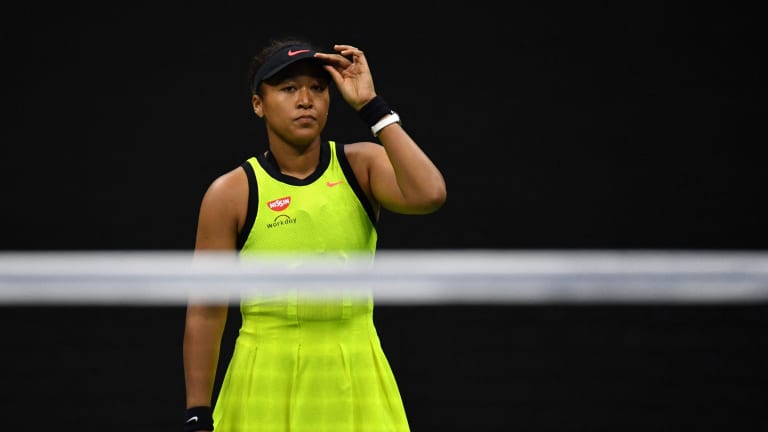Missing In Action
Missing In Action: Naomi Osaka faces a more challenging future
By Nov 10, 2021Missing In Action
Missing In Action: Is Roger Federer won and done?
By Nov 09, 2021Missing In Action
Missing In Action: Rafael Nadal will be ready to return soon, but questions remain
By Nov 08, 2021Missing In Action
Missing In Action: What lies ahead for Serena Williams?
By Nov 08, 2021News
The ATP is adding a heat rule like the one the women have had for more than 30 years
By Dec 15, 20252025 Year In Review
Aryna Sabalenka becomes seventh player to repeat as WTA Player of the Year
By Dec 15, 2025Ranking Reaction
Carlos Alcaraz kicks off milestone 50th career week at No. 1 on ATP rankings
By Dec 15, 2025Top 5 Stats of the Year
Stat of the Year, No. 5: Jannik Sinner’s historic finals feat at the five biggest tournaments
By Dec 15, 2025Style Points
Zheng Qinwen shows off "a rhythm of her own" in December Vogue China spread
By Dec 15, 2025Next Gen ATP Finals
Learner Tien tops Next Gen ATP Finals draw hoping to finish job in Jeddah
By Dec 14, 2025Missing In Action: Naomi Osaka faces a more challenging future
In a short time, the 24-year-old has become a star on and off the court. But that won't subside the pressure she'll inevitably face upon her return.
Published Nov 10, 2021
Advertising
Advertising
Advertising

In September, Osaka failed to defend her US Open title, taking a third-round loss to eventual runner-up Fernandez.
© AFP via Getty Images